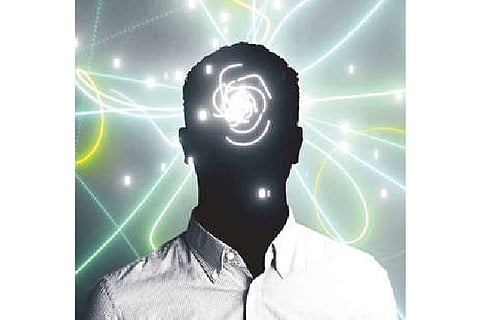

NEW DELHI: Who doesn’t want to be creative or to hire inventive employees? But the emerging science of implicit bias has revealed that what people say about creativity isn’t necessarily how they feel about it. Research has found that we actually harbor an aversion to creators and creativity; subconsciously, we see creativity as noxious and disruptive, and as a recent study demonstrated, this bias can potentially discourage us from undertaking an innovative project or hiring a creative employee.
“People actually have strong associations between the concept of creativity and other negative associations like vomit and poison,” said Jack Goncalo, a business professor at the University of Illinois at Urbana-Champaign and the lead author on the new study. “Agony was another one.” Dr. Goncalo has spent a decade studying the underlying factors that motivate and hinder creators. For instance, he and his co-authors have found that in some cases religious belief can limit a person’s creativity, and that creativity can provide a feeling of liberation to people who carry secrets.
He has also explored people’s subconscious views of creativity, and found that innovation is aversive in part because it can intensify feelings of uncertainty.
In one early study, published in 2012, Dr. Goncalo divided study subjects into two groups. Members of one group were told that some among them would receive a bonus after the study, but that the selection of the recipients would be made by random lottery and would not be based on their performance. Naturally, this introduced a sense of uncertainty into the group. The other group, the control, was not offered the possibility of a bonus, which eliminated the condition of uncertainty. The researchers then gave these two groups a series of tasks designed to gauge how they felt about creativity. Two measures were employed; one examined the participants’ explicitly stated views, and a second looked at their subconscious feelings. Did what they stated about creativity reflect what they actually felt?
This sort of research gets at what is known as implicit bias. It’s the same kind of research, broadly speaking, that can be used to study how people feel about those of different races. To explore the subjects’ explicit views, the researchers had them fill out a survey rating their feelings about ideas that were considered “novel,” “inventive” and “original.” The subjects expressed positive associations with these words.
To get at the subjects’ more hidden feelings, the researchers used a clever computer program known as an Implicit Association Test. It works by measuring a study subject’s reaction time to pairs of ideas presented on a screen. For instance, the subjects were presented with the words from the survey that suggested creativity, and their opposites (“practical,” “useful”), alongside words with positive associations (“sunshine,” “laughter,” “heaven,” “peace”) and negative associations (“poison,” “agony,” “hell,” “vomit”).
This time the researchers found a significant difference in the results: Both groups expressed positive associations with words like “practical” and “useful,” but the group that had been primed to feel uncertain (because members were unsure whether they would receive a bonus) expressed more negative associations with words suggesting creativity. The reasons for this implicit bias against creativity can be traced to the fundamentally disruptive nature of novel and original creations. Creativity means change, without the certainty of desirable results.
Matt Richtel is a journalist with NYT©2022
The New York Times
Visit news.dtnext.in to explore our interactive epaper!
Download the DT Next app for more exciting features!
Click here for iOS
Click here for Android